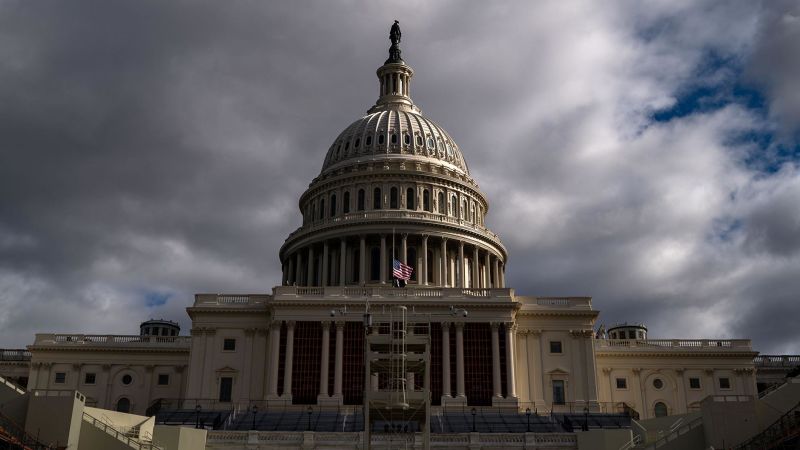House and Senate Republicans are facing a potential collision course as they struggle to align on how to address President Trump’s agenda in the early stages of his second term. Senate Republicans have outlined a two-step strategy focusing on defense and border provisions first, with plans to tackle tax cuts later in the year. Senator Lindsey Graham emphasized the importance of border security and increased military funding, urging for tangible progress in light of the President’s initiatives. Meanwhile, House Republicans are embroiled in debates over spending cuts, with varying opinions on how to incorporate Trump’s priorities into a single comprehensive bill. The House Freedom Caucus advocates for significant spending reductions, while others propose more moderate approaches, leading to internal discord within the party.
Efforts to reconcile these differences have been ongoing, with House Republicans engaging in discussions and meetings to find common ground on budget priorities. However, challenges persist as members struggle to agree on specific cuts and navigate the complex legislative landscape. Some House Republicans are expressing frustration with Speaker Mike Johnson, citing delays in decision-making and the need for clearer direction. The Senate’s proactive approach to advancing legislation in two parts has further highlighted the disconnect between the two chambers, with uncertainty looming over the path forward. Despite these tensions, House leaders remain optimistic about the House’s leadership role in shaping the legislative agenda.
As the dynamics between House and Senate Republicans evolve, the need for cohesive decision-making and strategic alignment becomes increasingly critical to advancing Trump’s domestic priorities effectively.

